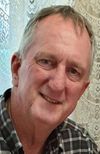Papua and New Guinea Campaign 1942 Part One
We are approaching Remembrance Day which is observed on 11 November in Australia, New Zealand, Canada, USA (called Veterans Day) and the UK (Armistice Day) following the signing of the armistice at the 11th hour of the 11th day of the 11th month in 1918 to end WWI.
A minute silence is observed on 11 Nov to recognise and remember the men and women who have and continue to serve their country in wartime and where there is conflict in the world. And we also remember and thank the family, friends and colleagues who support and sacrifice much in their love and care of those who serve to protect our freedom.
This year it is 80 years since battles were fought very close to the shores of Australia in the territories of Papua and New Guinea. Close relatives of both Anne and Rowdy were involved in these battles and therefore we are presenting two posts focusing on these campaigns in remembrance and observance of our personal connections.
On December 28, 1941, the Aquitania and two smaller troop ships departed Sydney with 4,150 Australian troops and 10,000 tons of equipment bound for Port Moresby, New Guinea.1 On board was Anne's Dad - Brigade Major Ernest King Newman.
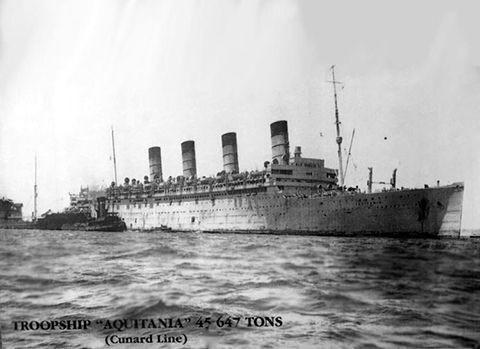
The beginning of 1942 saw the Japanese forces threatening the freedom of Australia as they invaded and took over Singapore, and continued the advance down through the Pacific to take the city of Rabaul at the northeastern tip of New Britain Island. In February 1942 Darwin was bombed as was Broome in Western Australia in March 1942. The territories of Papua and New Guinea were being seized by the invading force putting Australia and New Zealand in mortal danger of losing their freedom.
When WWII first broke out in Europe the Australian Government sent its permanent forces to defend the motherland Britain and assist in the defence of Europe and the Middle East.
This meant that when Japan joined the war there were no experienced troops left to defend the Pacific region and Australia. Prior to the invasion of Singapore and Japan's advance on Australia the reserve army (then called the Citizen Military Forces in short the CMF) were back home in charge of training up the young conscripts in how to handle weapons. Anne's father had been in the CMF from 18 years of age and at this time was in camp training up the young conscripts.
As the New Year of 1942 clicked over, the CMF officers were sent to New Guinea with the young conscripts to turn young men who had never fought or even held a rifle into soldiers in the matter of weeks. Major Newman turned 35 years old his first week in New Guinea.
Below is a photo of some of the soldiers on a Sydney ferry crossing Sydney Harbour to board the Aquitania.
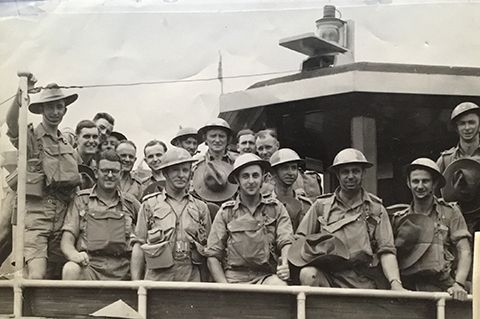
From March 1942 until the end of the war in September 1945 fighting took place across the Pacific islands and down into Papua and New Guinea.
Rowdy's Uncle Max (Pte Maxwell Kenneth Wylie) was also in New Guinea during this time and took part in the Milne Bay Campaign just prior to the Kokoda battle which we will come to in Part Two of these Remembrance Day posts.
Max was serving in the Middle East Campaign in the AIF (Australian Imperial Force) alongside his brother Floyd Wylie who was tragically killed in Syria and so Max was returned back to Australia. He was then re-deployed to the New Guinea Campaign war effort to fight with the relatively untrained militia army. His battalion was the 2/10th Rifle Infantry (AIF). Max was injured while defending the 3 airfields of Milne Bay.
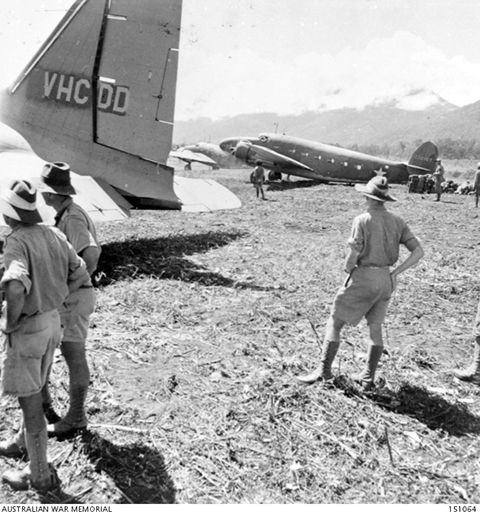
The Australians suffered 373 casualties.. of whom 161 were dead or missing… The Japanese death toll was estimated at 700… At this time Rowdy's father Lte Douglas Wylie (Max’s brother)was stationed in Townsville waiting to be deployed….
As Rowdy says: We all have stories of our families "remembrance" that need to be valued… Creating a "War Remembrance" painting each year for our blog and for the Port Pirie RSL is an absolute honour and privilege… I do a lot of reflective thinking at this time of the year...
Anne has also remembered her Uncle Kevin Morris who signing up at 18 at the outbreak of war and joined the airforce. He was stationed in New Guinea at Port Morseby and spent most of his days in a small tinshed at the end of a runway. After each air raid Anne's father would phone up the airfield to check on his young brother-in-law who luckily did survive his perilous position and went on to qualify as a pilot.
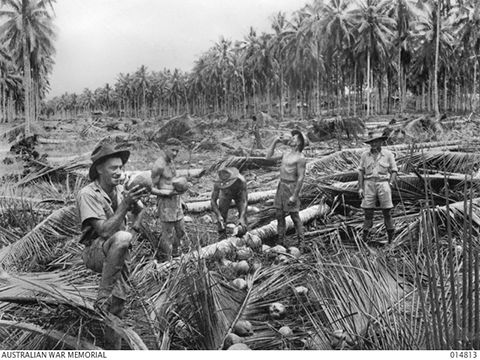
Let us tell you a little about Milne Bay and the battle which took place from 25 August – 7 September 1942.
Milne Bay is located on the south-eastern tip of Papua. Before World War II, most of the area's inhabitants were local Papuans, the only Europeans being a few missionaries and plantation managers. The area came to the attention of senior Allied officers in May 1942, when General Douglas MacArthur decided that an airbase should be established so that aircraft could patrol over the eastern seaward approaches to Port Moresby and raid Rabaul.2
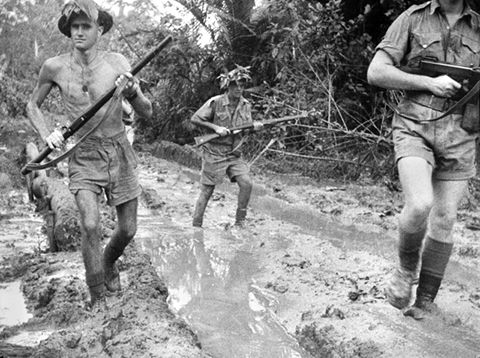
Development of the first airstrips at Milne Bay began in July 1942. Australian infantry and American engineers were sent to begin clearing land for the airstrips and the base that would support them. Over the following weeks, more ships arrived, bringing more men, supplies and equipment for base development, and by the end of August nearly 9000 Allied personnel, mostly Australian, were based at Milne Bay.2
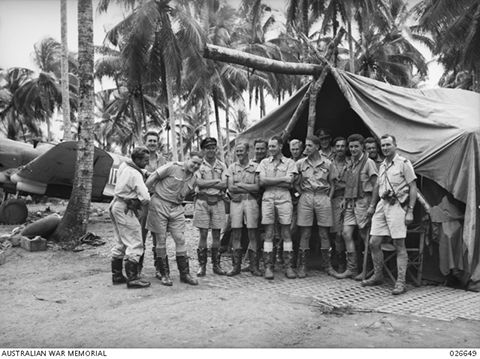
The environment at Milne Bay was unpleasant and depressing. It rained every day during the construction period and the few roads became impassable to vehicles. Living in rain-soaked tents on muddy ground, the men felt that 'even Hell would be preferable', at least they would be dry. The area was also one of the worst places in the world for malaria, and many men became infected during the first weeks there, though it would take a couple of months before an epidemic broke out.2
The Allies expected an attack. The inexperienced militia infantry brigade that had previously served only in Australia was now reinforced by a veteran Australian Imperial Force (AIF) brigade that had served in the Middle East. Unfortunately, their training in jungle warfare was hindered by the requirement to lend many men to the construction effort.2
On 25 August, Kittyhawk fighters of 75 and 76 Squadrons RAAF, based at Milne Bay, attacked Japanese barges that had been intended for use in an attack on Milne Bay. In spite of the loss of these barges, on the next night the Japanese landed a force of some 2000 marines at Milne Bay in an attempt to seize the airstrips and secure a base from which to provide naval and air support for the battle on the Kokoda Track. Believing that only a few infantry companies protected the area, the Japanese landed just before midnight on 26 August. They landed east of the Allied airfields and had to advance 11 kilometres to capture them. 2
The Japanese troops overwhelmed and pushed back the first Australian battalions encountered, the 61st and 2/10th Battalions, but began suffering heavy casualties when the Kittyhawk fighters of 75 and 76 Squadrons RAAF began bombing and strafing them. Nevertheless, they continued advancing for a few days and reached the edge of one of the airfields, No 3 Airstrip, where the attack was turned back by Australian and American troops who were dug in and armed with artillery, mortars and heavy machine-guns.2
The Australians then counter-attacked, pushing the Japanese back towards their original landing area. Finally, 12 days after that landing, after bitter fighting along the coastline, the Japanese evacuated the survivors of the attack on the night of 6-7 September. The Australians had suffered 373 battle casualties, of whom 161 were dead or missing. Several captured men had been bayoneted. The Japanese death toll was at least 700.2
Although the battle was relatively minor in scale, it was a significant morale booster as the first real land defeat suffered by the Japanese. The Allied victory at Milne Bay showed that the Japanese soldier was not invincible. After the battle, the Allies continued to develop the base at Milne Bay to support the counter-offensive along the northern coast of Papua and New Guinea.2
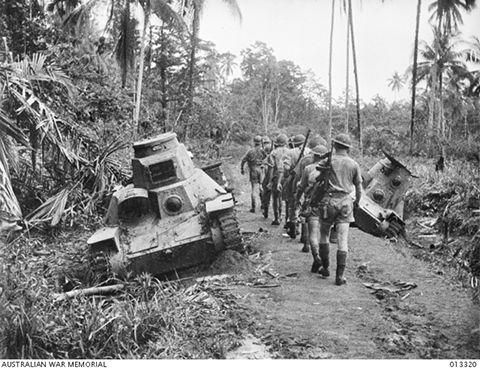
We thank with all our heart the sacrifices made by so many.... and we must never forget that war artists and photographers were also there recording the history of events ....
One such artist was Australian William Edwin Pidgeon. Please follow the bookmark link below to view his war paintings.
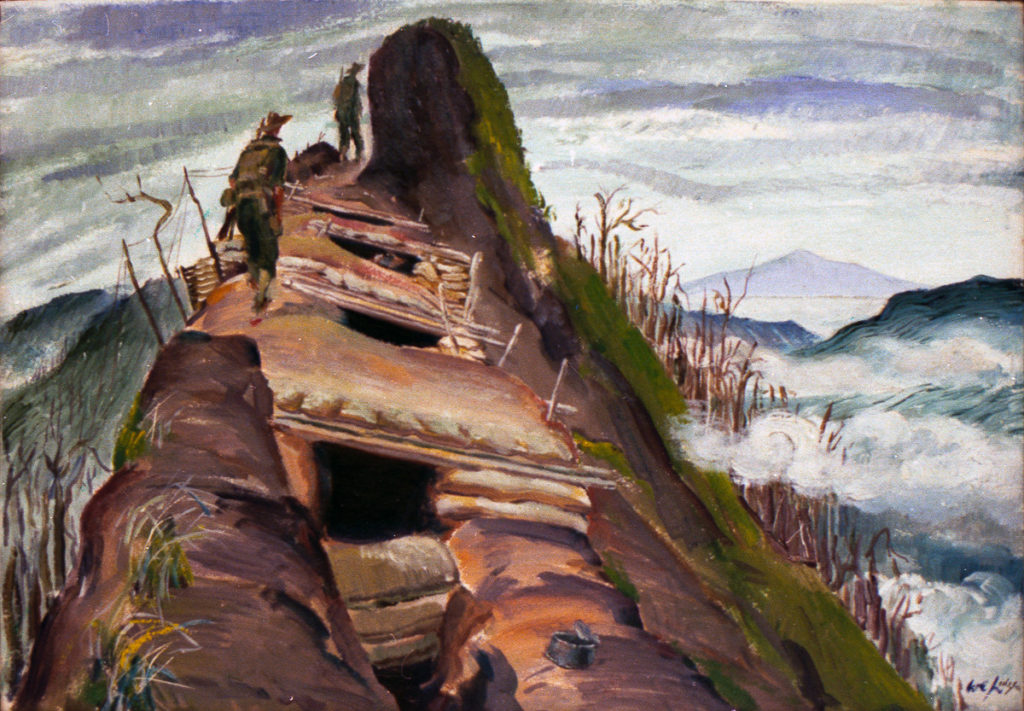
Credits
1. This gallant little ship had already served in WW1 and to read her complete history please click here for Part 1 and here for Part 2 Credit: ssmaritime.com.
2. https://anzacportal.dva.gov.au/wars-and-missions/world-war-ii-1939-1945/events/coral-sea-kokoda-and-milne-bay-may-september-1942/milne-bay

